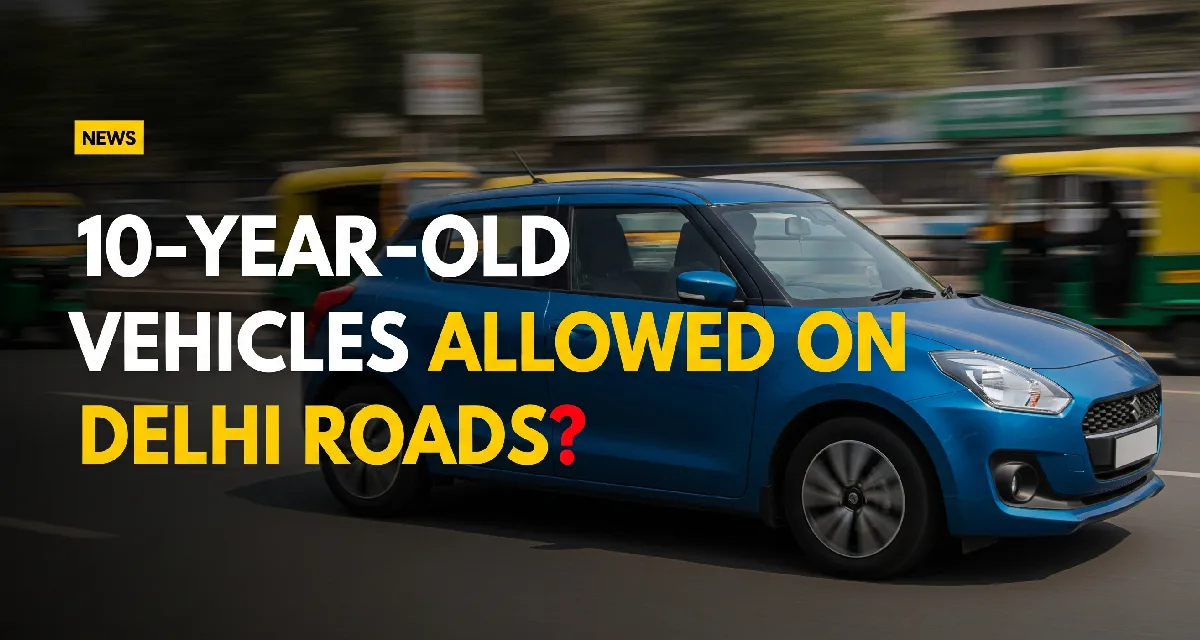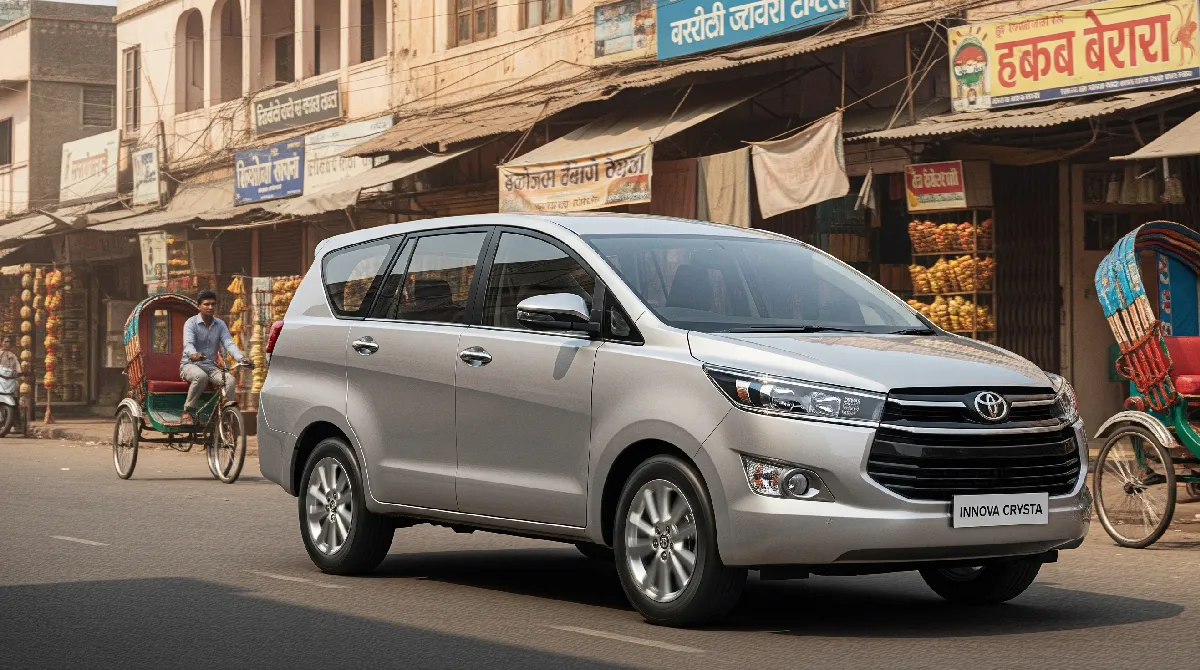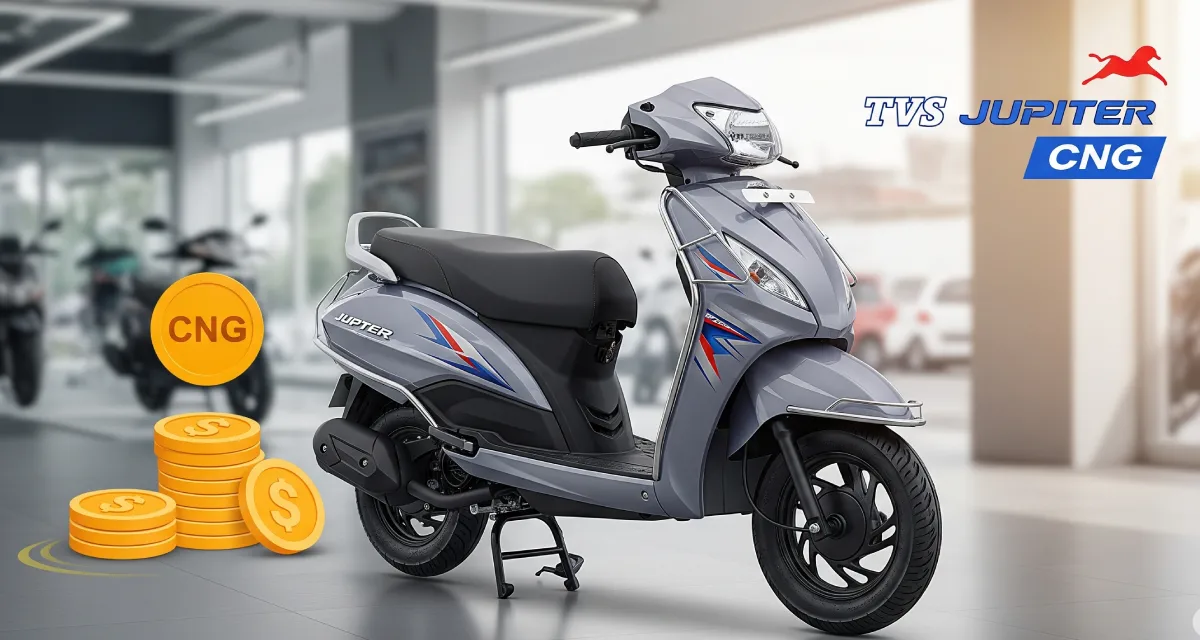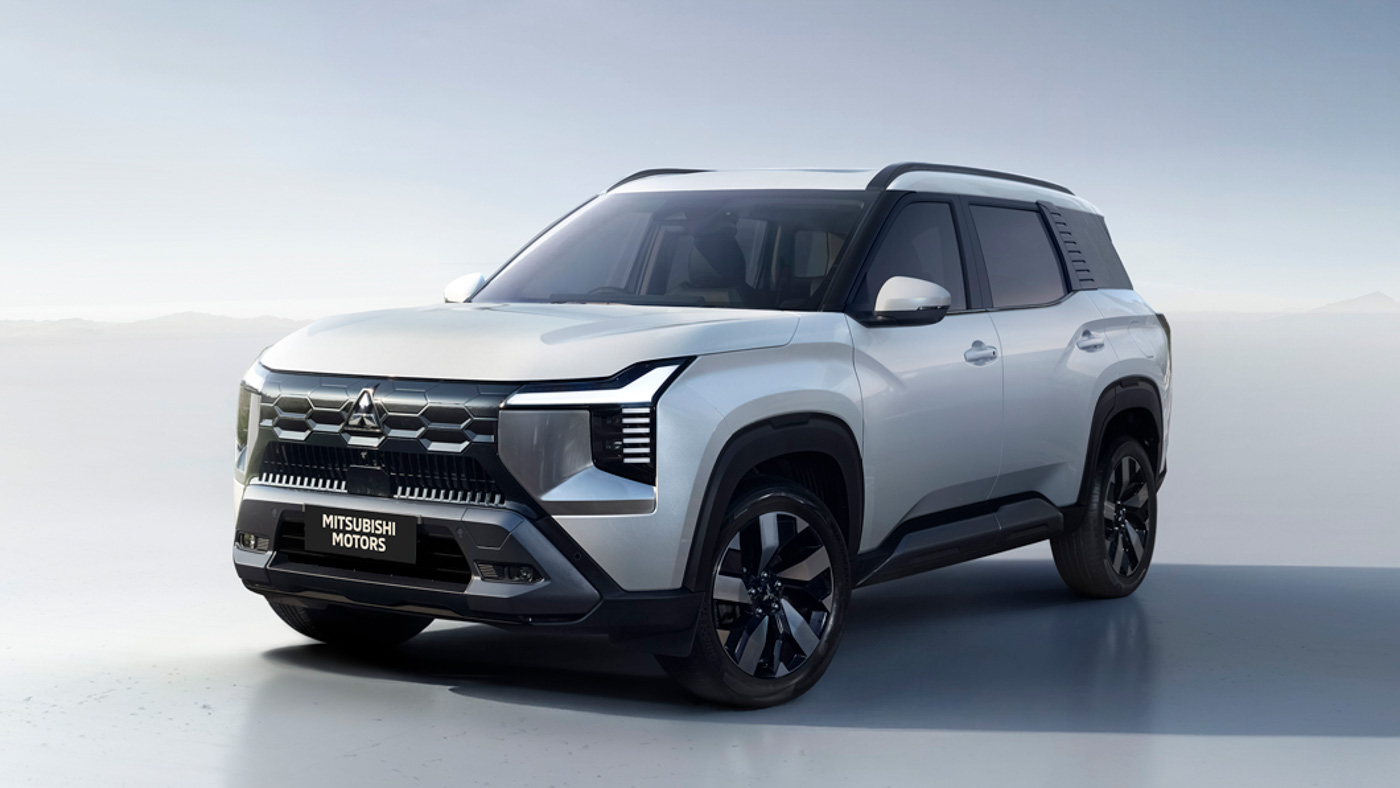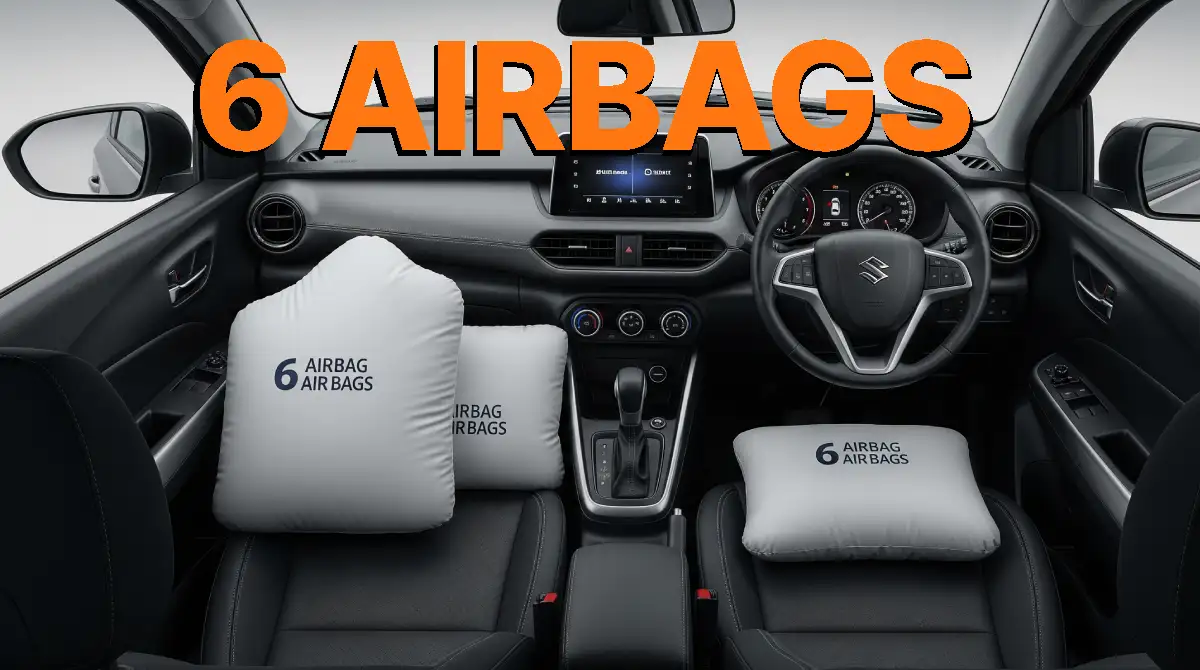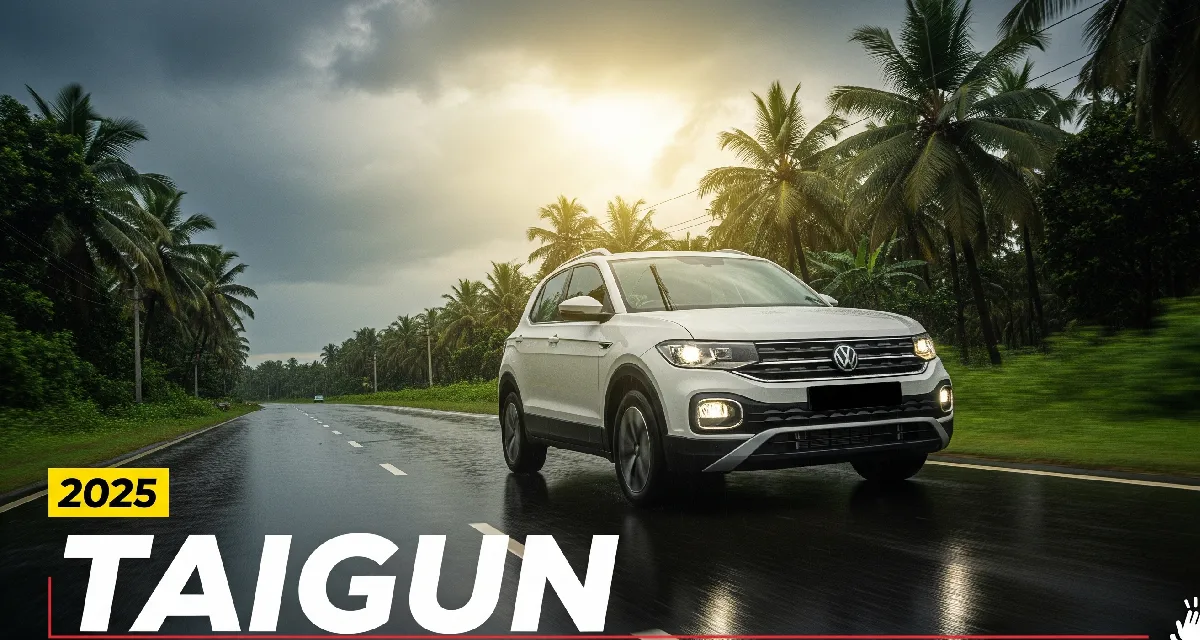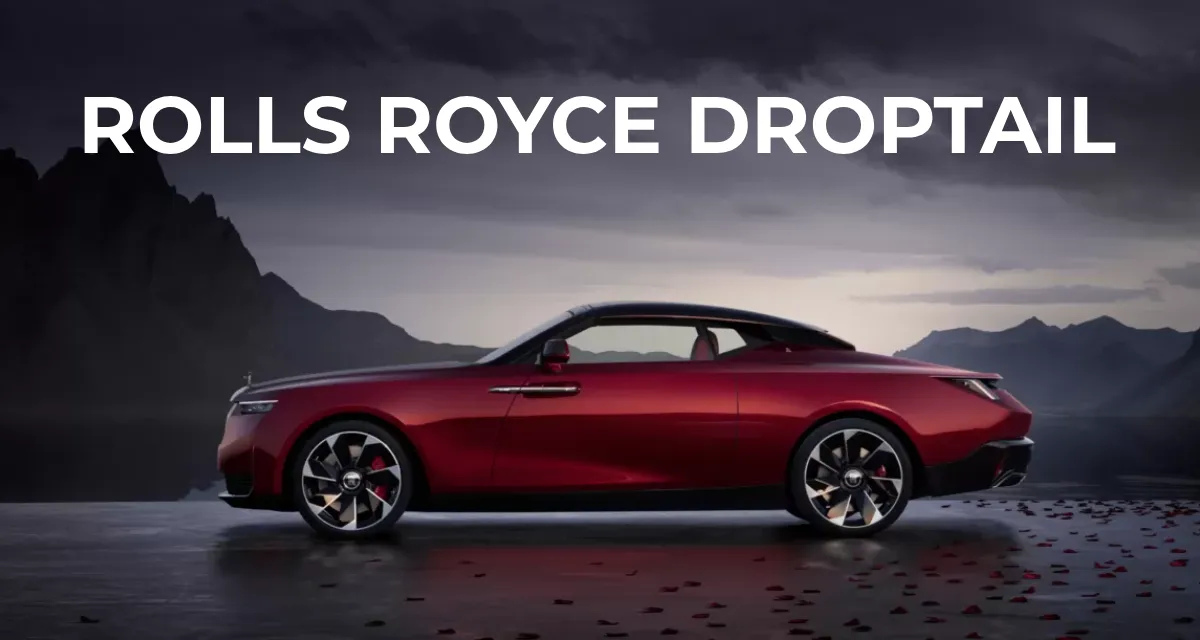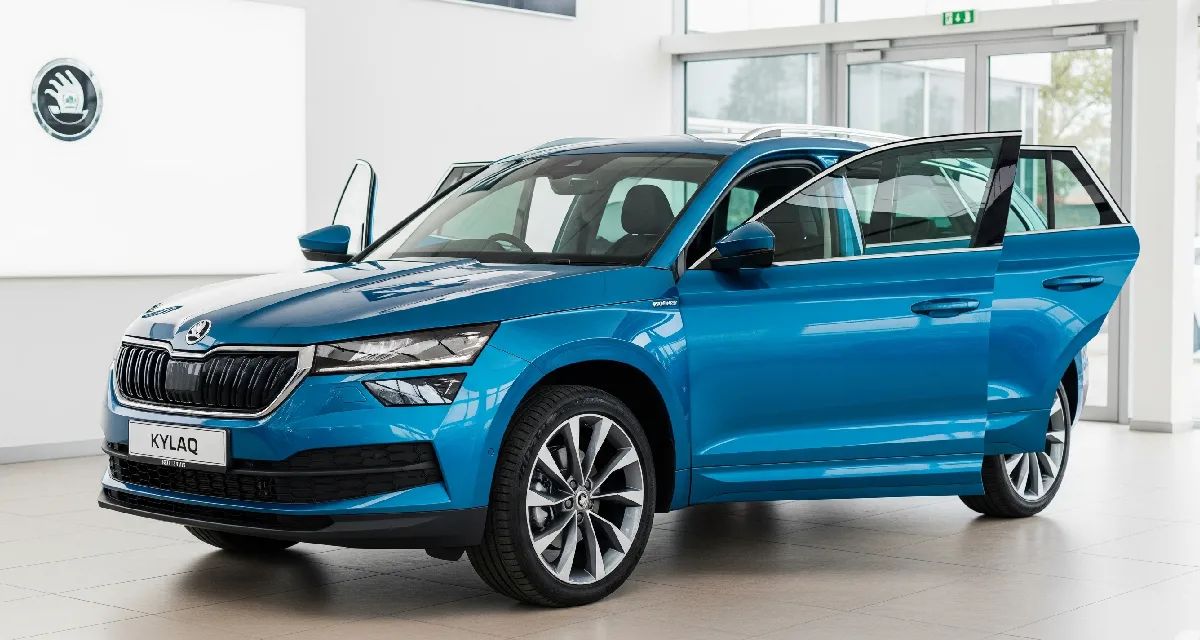The Delhi Government has officially put a pause on its recently implemented fuel refill ban for diesel vehicles older than 10 years and petrol vehicles older than 15 years. Introduced on 1 July 2025, the directive aimed to curb air pollution in the capital city by preventing these “end-of-life” vehicles from refueling at petrol pumps via ANPR (Automatic Number Plate Recognition) cameras.
However, just a few days into enforcement, the government has rolled back the implementation, citing technical flaws, lack of pan-NCR coordination, and strong public backlash. The authorities have now sought to re-evaluate the system and suggested a more comprehensive and technologically feasible approach moving forward.
Background – What Was the Ban About?
The initial policy intended to limit vehicular emissions by preventing older diesel and petrol vehicles—those deemed beyond their permissible age limit—from accessing fuel at petrol stations across Delhi. Enforcement teams were empowered to seize non-compliant vehicles, and hefty penalties were planned for violators.
This initiative, while aligned with Delhi’s broader clean air goals, saw implementation problems from the first day, including:
- Misidentification of vehicles
- Technical glitches with number plate readers
- Data gaps with outstation registrations
- Legal ambiguities on enforcement across NCR borders
Why the Policy Was Suspended
The Delhi Government’s decision to lift the ban was driven by several factors:
1. Technological Shortcomings
The ANPR-based system failed to perform reliably, particularly with vehicles lacking high-security number plates or with plates that were obscured or damaged. Many vehicles were wrongfully flagged, and fuel stations reported confusion due to inconsistent data.
2. No NCR-Wide Implementation
The directive was limited to Delhi, while neighboring areas like Gurugram, Noida, and Ghaziabad did not enforce a similar ban. This created a loophole, allowing vehicle owners to simply refuel outside Delhi’s borders, defeating the purpose of the policy.
3. Public and Legal Pressure
Vehicle owners—especially middle-class families, small business operators, and collectors of vintage cars—criticized the sudden enforcement. Several complaints and petitions were filed, calling the ban unfair, abrupt, and impractical.
4. Fuel Black Markets and Disruption
There were concerns that a city-only fuel ban could create a parallel market for illegal fuel sales and put undue pressure on authorized fuel stations. It could also encourage unsafe fuel storage practices among motorists.
What Happens to Vehicles Already Seized?
Vehicles that were seized between 1 July and 3 July 2025 will now be eligible for conditional release. Here’s what owners need to do:
- Pay a penalty of 10,000 for private cars and 5,000 for two- or three-wheelers.
- Submit valid ownership and insurance documents.
- Furnish proof of either private off-road parking in Delhi or a No Objection Certificate (NOC) for transfer to another state.
- Undertake not to drive the released vehicle within Delhi if it doesn’t comply with age or emission norms.
Revised Strategy Proposed by the Government
The Environment Department of Delhi now proposes a phased and smarter enforcement plan that shifts the focus from vehicle age to actual pollution output. Proposed solutions include:
- Stricter Pollution Under Control (PUC) checks, linked to a centralized database.
- Implementation of an alert system via SMS for expiring PUC certificates.
- Integration of ANPR data with regional RTOs across NCR for uniformity.
- Focused penal action only on vehicles found with expired PUC or those visibly polluting, rather than blanket age-based bans.
Key Highlights: Vehicle Ban Rollback in Delhi
| Feature | Details |
| Ban Originally Enforced | 1 July 2025 |
| Affected Vehicles | Diesel >10 years old, Petrol >15 years old |
| Enforcement Mode | ANPR cameras at fuel stations |
| Suspension Announced | 4 July 2025 |
| Reason for Suspension | Tech flaws, public backlash, and NCR inconsistency |
| Seized Vehicle Penalty | 10,000 (cars), 5,000 (2-/3-wheelers) |
| Future Plan | Real-emission tracking, stricter PUC regime, full NCR integration |
| Still Enforced? | No, temporarily paused, but the scrappage rule remains for aged vehicles |
Frequently Asked Questions (FAQs)
Q1. Which vehicles were affected by the July 2025 fuel ban?
Diesel vehicles older than 10 years and petrol vehicles older than 15 years were restricted from refueling at petrol pumps in Delhi.
Q2. Why was the vehicle ban lifted so quickly?
The ban faced technical issues, public resistance, and lacked coordination with neighboring NCR areas, prompting the Delhi Government to suspend enforcement.
Q3. Can seized vehicles be reclaimed?
Yes, vehicle owners can pay a penalty (10,000 for cars, 5,000 for bikes) and submit documents to reclaim their vehicles. However, non-compliant vehicles must not be used on Delhi roads.
Q4. Is the age-based scrappage policy cancelled?
No. The Supreme Court-mandated age limit for vehicles (10 years for diesel, 15 for petrol) still applies. The fuel ban is only temporarily paused.
Q5. What changes can be expected in the revised policy?
Future policy will likely focus on emission-based penalties, stricter PUC tracking, NCR-wide coordination, and use of real-time pollution data instead of fixed vehicle age.
Final Verdict – Practical Reassessment Over Abrupt Implementation
The Delhi Government’s decision to lift the fuel ban on older vehicles showcases a responsive approach to policymaking. While the objective of reducing air pollution remains intact, the government acknowledges that blanket bans without adequate tech or infrastructure only lead to confusion, misuse, and public resentment.
With plans to upgrade enforcement based on real emissions and wider coordination across NCR cities, the move marks a shift toward evidence-based, citizen-friendly environmental policy.
